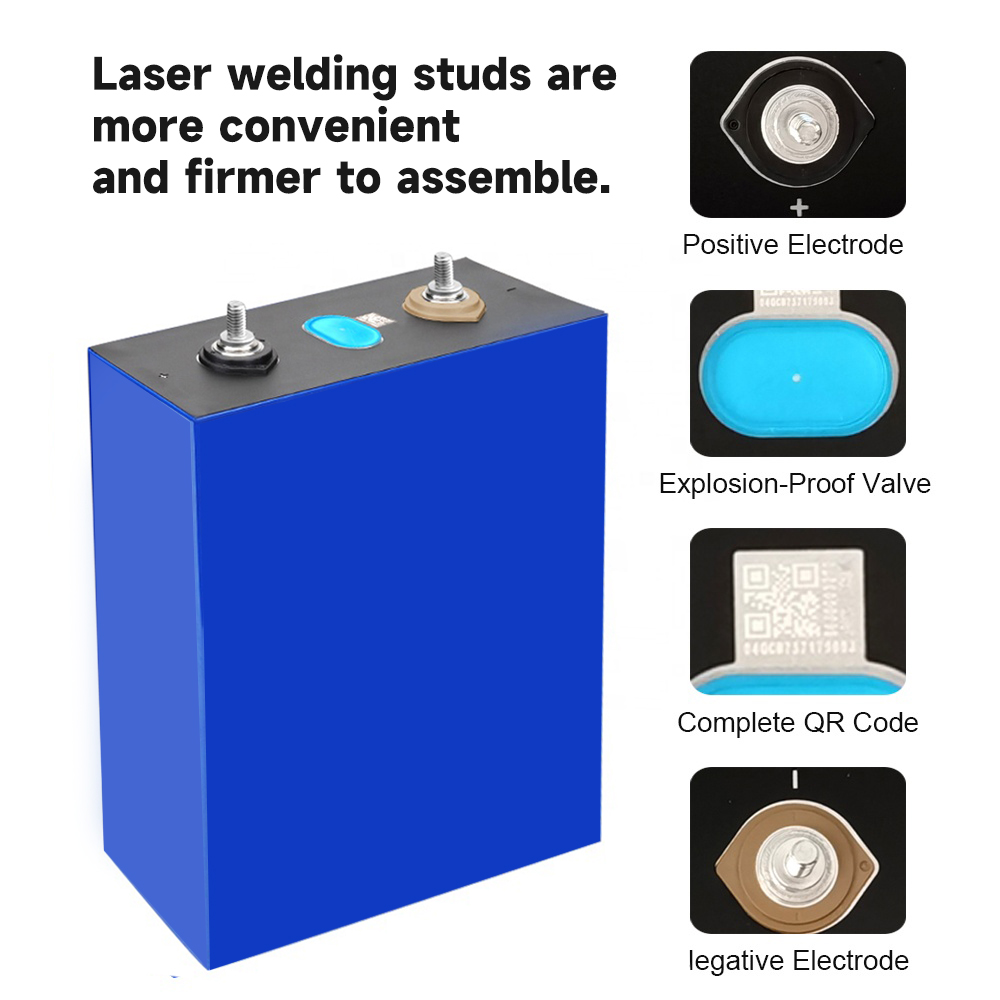

Most people in the battery industry know that the stability of the charging and discharging state of lithium batteries is greatly influenced by temperature changes. When lithium batteries are charged and discharged in high and low temperature environments, their capacity retention rate decreases. Among all environmental factors, temperature has the greatest impact on the charging and discharging performance of lithium batteries, and the electrochemical reaction at the electrode/electrolyte interface is related to environmental temperature, The electrode/electrolyte interface is considered the heart of the battery. If the temperature drops, the reaction rate of the electrode also decreases. Assuming that the battery voltage remains unchanged and the discharge current decreases, the power output of the lithium battery will also decrease. If the temperature rises, it will be the opposite, that is, the output power of the battery will increase, and the temperature will also affect the transmission speed of the electrolyte. If the temperature rises, it will accelerate, and the transmission temperature will decrease, and the transmission will slow down. The charging and discharging performance of the battery will also be affected. But the temperature is too high, and lithium-ion batteries are increasingly widely used in people's production and life over 45 ℃. This makes its temperature environment a focus of attention. Relatively speaking, lithium-ion batteries are more prone to safety issues in high-temperature environments. Therefore, it is necessary to test the high-temperature performance of lithium-ion batteries and compare them with their room temperature test data.
The change in temperature directly affects the discharge performance and capacity of lithium batteries. As the temperature decreases, the internal resistance of the battery increases, the electrochemical reaction speed slows down, and the polarization internal resistance rapidly increases. The discharge capacity and discharge platform of the battery decrease, affecting the output of battery power and energy. For lithium-ion batteries, the discharge capacity drops sharply at low temperatures, but at high temperatures, the discharge capacity is not lower than room temperature, and sometimes slightly higher than room temperature capacity. The main reason is that the migration rate of lithium ions increases at high temperatures, and lithium electrodes do not decompose or form hydrogen gas at high temperatures, as nickel electrodes and hydrogen storage electrodes do. When the battery module is discharged at low temperature, as the discharge proceeds, heat is generated due to resistance and other reasons, causing the battery temperature to rise, manifested as an increase in voltage. As the discharge proceeds, the voltage gradually decreases.
At present, there is no clear theoretical support for the internal resistance, discharge platform, lifespan, capacity, and other necessary connections in the lithium battery industry at various temperature performance levels. Relevant calculation formulas and mathematical models are still in the exploratory stage. In practical experiments, it has been proven that lithium batteries are not sensitive to temperatures in the range of 0-40 ℃. If the temperature changes below 0 ℃ or above 40 ℃ during charging and discharging, the cycle life and capacity of lithium batteries will be lower than normal values. The larger the temperature range, the less capacity and life there will be. For example, when it comes to winter, especially in colder regions in the north, the battery life of mobile phones is much shorter than that in summer. This is related to temperature changes, not the reason why mobile phone batteries are not durable.

Popular recommendation
LR43 battery.What are the key points of the manufacturing process of 18650 lithium-ion battery?
2023-10-12AG7 battery.Key points about the PACK process of 18650 lithium-ion battery
2023-10-09Discussion on the new market of lithium iron phosphate battery
2022-11-04AAA Ni-MH batteries.Ni-MH battery technology training: Ni-MH battery performance and technology
2023-10-0918650 battery 3500mah.Which one has better performance, polymer lithium battery or 18650 lithium bat
2023-10-13button battery 2025.10 major research progresses in ternary materials for lithium-ion batteries
2023-10-08battery 18650 rechargeable.A major breakthrough in solid-state batteries! The energy density is four
2023-10-0848v 10kwh energy storage solar system.Brief analysis of dynamic charging technology of electric vehi
2023-10-08CR1625 battery.LG successfully developed the world's most efficient solar energy storage battery wit
2023-10-08Three signs that battery energy storage systems CR2450 battery.have become the mainstream of energy
2023-10-08How to improve the energy density of lithium battery...
2022-06-13AG13 battery!Siemens sets up energy storage battery research center to cooperate with Tianmu Lake Re
2023-10-08